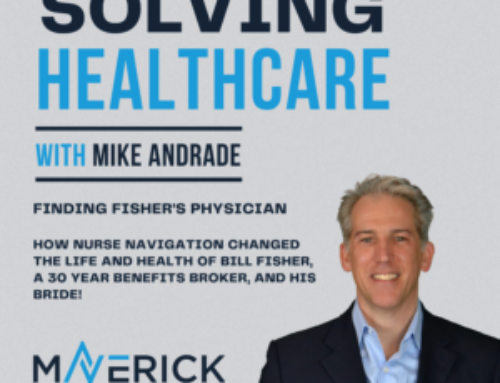Podcast: Play in new window | Download
Subscribe: RSS
It’s a beautiful day in this medical neighborhood
A beautiful day for a medical neighbor
Would you be mine if you maintain quality?
Could you be mine if you will accept cash payment up front?
I have always wanted to have a neighbor just like you, I just didn’t know how to find you.
I’ve always wanted to live in a neighborhood with you, it just didn’t exist until now.
This is the 2nd part of a 2 part podcast with Shane Wolverton and Michael Andrade. In our last episode, we talked about Quantros and what they do to support the healthcare community. We also discussed how they’re using the same data to help for individuals and employers to simplify and narrow the search for quality providers. In this episode, we’re going to be talking about what Quantros is doing to stand up medical neighborhoods in marketplaces around the country.
Think of a neighborhood as an evolving collection of providers that are allowed to be in the neighborhood based off their quality performance, and appropriateness of care. You as the plan sponsor have some flexibility as to how many providers you want in the neighborhood. These neighborhoods will be available starting 4/1/2020 and the great thing is that you may not have leave your current TPA or carrier relationship to take advantage of their model. Listen now to learn about the neighborhood model, what it entails, and how your employees can benefit from this service…..
Initially we talk about a dilemma with an emerging practice in the medical community known as an ACO (Accountable care organization). Many insurance companies are moving to this network approach, hospital systems are developing practices as well using their physician base to curate care. The challenge is that you have a misaligned incentive with ACO community. Very likely that an ACO will not direct care outside of their organization and may not be able to based off the insuring agreement. In the event they have a poor quality or lower quality system, they won’t refer out of their system to get better care to an individual.
Jack Windberg – Unwarranted Variation in Healthcare. When you look at individuals providers within a hospital system the dispersion of practice patterns mimics what happens across the country and the disparity of quality is profound.
Primary differentiators to be in the neighborhood are quality and appropriateness of care. If you don’t meet those two standards, you will not be a part of the neighborhood. If you do not delvier appropriate, high quality care, you will not be in the neighborhood. Consumer experience should be exemplary as a result.
Risk adjustment of quality is agreed upon before provider will be allowed in the neighborhood. As an employer, you can choose the percentile you’d like for your employees to have as preferred access. There are fluctuations of performance.
We discuss the Neighborhood and how it can work and be optimized in a DPC or exceptional Primary Care model whereby you can give the quality tools to PCP’s and reward them for reimbursing at the top of primary care.
If you’d like to learn how this and other programs can fit into your benefit strategy please feel free to contact me: Michael Andrade (832) 236-8966




